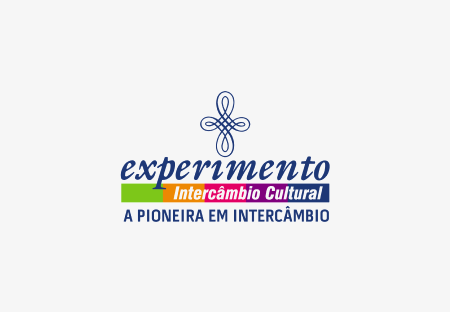
The User Journey is a visual representation of the process a consumer goes through to perform a task on a product or service and their emotions during this process.
The User Journey combines storytelling and visualization and can relate to many different types of users, from an e-commerce buyer, to an airline passenger, and even a hospital patient.
The user journey is composed of 5 elements:
To be effective, a User Journey project must always be linked to a company’s objective. The objective can be external, such as getting to know a type of consumer of the company in greater depth, or internal, such as knowing the logistics of the deliverers in a logistics center.
We recommend the participation of 10 to 12 users of each target audience profile because it is qualitative and ethnographic research.
A user journey mapping project includes the following stages:
Check the opinion of our partners

The results of the project were very interesting. Tuia’s delivery was well detailed, well mapped, and exceeded our expectations.

Julio Cesar Aragão
Technology Manager | Experiment
Learn about a Journey Mapping project in this webinar by our founder, Gilmar Gumier